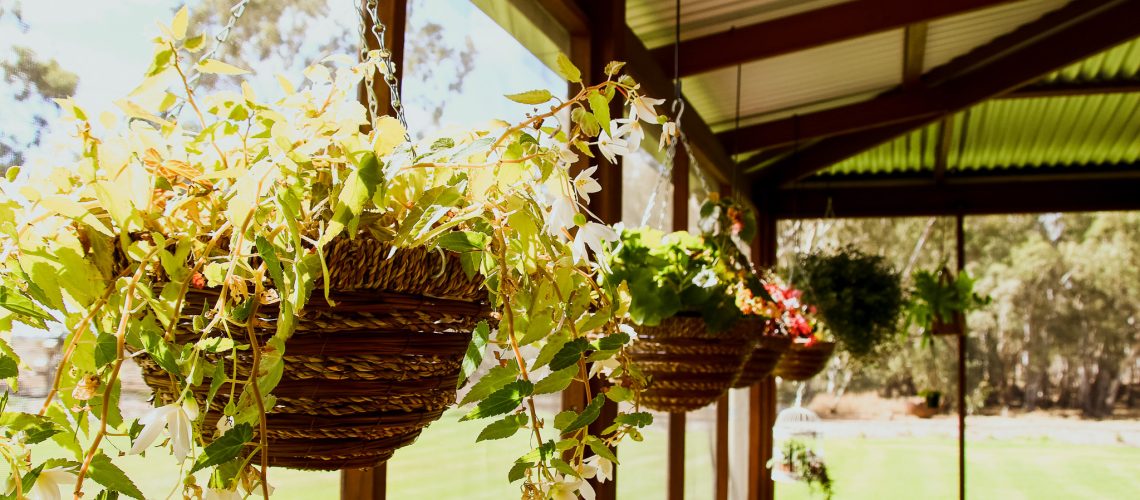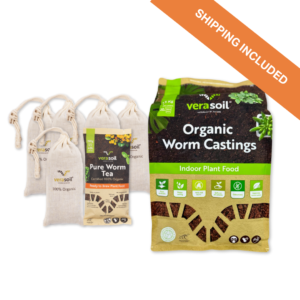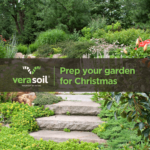

Gary Dal Broi
Agronomist & Production Innovation /
Managing Director
6 Easy Ways to Tell If Your Indoor Plants Need Watering


Gary Dal Broi
Agronomist & Production Innovation /
Managing Director
6 Easy Ways to Tell If Your Indoor Plants Need Watering
One of the most common concerns among plant owners is determining when to water their indoor plants. Understanding the signs of watering needs can help prevent overwatering or underwatering, ensuring the optimal health and growth of your beloved green friends. In this blog post, we will explore six easy and effective ways to determine if your indoor plants require watering. By mastering these methods, you’ll become a more confident plant owner and provide your plants with the hydration they need.
1. Pay Attention to Your Plants:
Regularly observing your plants allows you to detect subtle changes, such as wilting leaves. Being attentive to these signs enables you to act preemptively if your plant is showing signs of drying out. This approach is more effective than following a fixed watering schedule since each plant’s water requirements may vary.
2. Research Your Plant’s Needs:
Before adding a new plant to your collection, conduct research on its specific care requirements. Understanding the plant’s natural habitat, watering preferences, and soil moisture needs will guide you in providing the appropriate amount of water.
3. Check the Surface of the Soil:
A quick glance at the surface of the soil can reveal valuable insights about your plant’s watering needs. Dry soil appears lighter in colour, while moist soil tends to be darker. If you notice lighter brown soil on the surface, it indicates dryness and signals the need for watering.
4. Poke Your Finger into the Soil:
To obtain a more accurate assessment of the soil moisture content, gently insert your finger 2-3 inches into the soil. Feel the soil to determine if it is moist or dry. If the soil feels dry, it’s time to water your plant. However, if it feels moist, you can hold off on watering for a little longer.
5. Lift Your Pots to Determine Weight:
Lifting your plant pots is another practical method to gauge their watering needs. When the plant requires water, it will feel lighter than usual, as water significantly contributes to its weight. After watering your plant, lift the pot and note its heaviest weight. Over the next few days, compare the weight by lifting the pot again. If it feels noticeably lighter, it’s a sign that your plant needs watering.
5. Use a Moisture Sensor:
For those seeking a more precise and tech-savvy approach, consider using a moisture sensor. These handy devices consist of a probe that is inserted about three-fourths of the way into the potting medium. The moisture levels are displayed on a dial, indicating whether the soil is dry or adequately moist.
By employing these six easy ways to assess your indoor plants’ watering needs, you can confidently provide them with the right amount of hydration. Paying attention to your plants, researching their specific requirements, checking the soil’s surface, poking your finger into the soil, lifting the pots, or using a moisture sensor are all valuable tools in ensuring your plants receive proper care. Remember, striking the right balance with watering promotes healthy growth and thriving indoor greenery.







